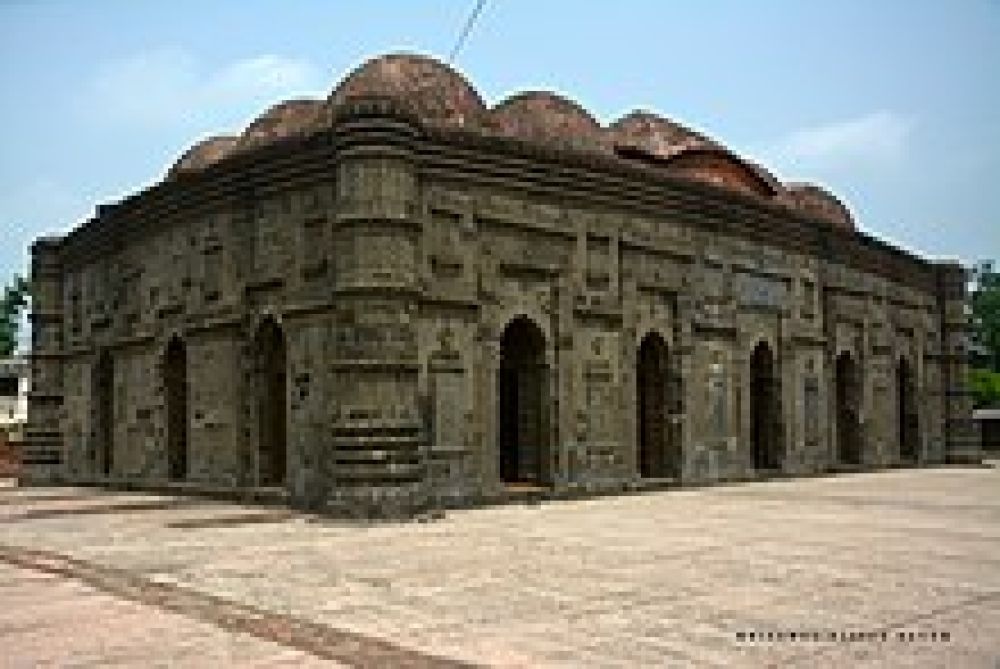

The history of tourism surrounding the Chhoto Sona Mosque is intrinsically tied to the rich cultural heritage and ancient history of Rajshahi, Bangladesh. This mosque, also known as the Small Golden Mosque, was built during the reign of the Sultanate dynasty in the 15th century by Wali Muhammad, according to inscriptions found on the mosque. Its historical importance and architectural beauty attract tourists and history enthusiasts from all over the world.
The Chhoto Sona Mosque was originally a part of the larger mosque complex that included living quarters for scholars and a vast courtyard. The mosque itself was once covered with gold, which is what earned it the name ‘Sona,’ meaning gold in Bengali. Over the years, the mosque has been a testament to the Sultanate architecture, with its intricate terracotta designs showcasing the Islamic art of the period. Tourists began visiting the site mainly as part of religious and cultural studies, drawn to its unique architectural style.
As global interest in historical and cultural tourism grew, so did the popularity of the Chhoto Sona Mosque. The Government of Bangladesh and various international organizations have taken steps to preserve and promote the site. The area encapsulating the mosque was declared a protected monument under the Department of Archaeology. This increased efforts for its conservation and made it more accessible to tourists.
Today, the Chhoto Sona Mosque is a widespread tourist attraction, representing the sultanate period of Bengali history. Visitors are drawn to its majestic façade and fifteen domes, which are only overshadowed by the grandeur inside. Recent enhancements in tourist facilities have made visits more comfortable, and guided tours offer deep insights into the mosque's historical context, making the experience more enriching.
The latest trends in tourism around Chhoto Sona Mosque involve immersive experiences that offer a blend of history and local culture. There's a growing interest in eco-friendly tourism, with visitors showing increased responsibility towards preserving the sanctity of historical sites. The promotion of local crafts and culinary experiences in Rajshahi plays a significant role in providing a holistic experience of the region for travelers.
Looking ahead, the potential for tourism around Chhoto Sona Mosque is promising. Plans for further development of infrastructure to support tourism, and promotion of the site through digital platforms, are underway. Efforts to include local communities in tourism-related activities are also gaining momentum, thereby creating a sustainable tourist economy centered around this historic monument.
For those planning a trip, a visit to the Chhoto Sona Mosque is a journey through time, offering a glimpse into the Sultanate era of Bangladeshi history and an opportunity to marvel at one of the subcontinent’s architectural wonders.